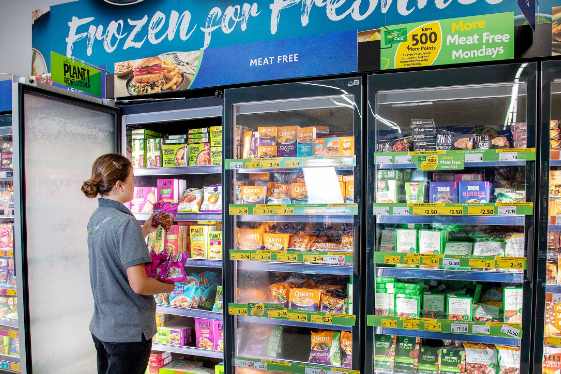Larger and more numerous cruise ships are "a problem for the environment" but their industry “lacks the ambition to decarbonise”, a think tank is warning.
Research by Transport and Environment (T&E) has found that the world’s largest cruise ships are twice as big as they were 24 years ago.
At the current rate of growth, the largest ships could be almost eight times bigger than the Titanic by 2050.
There has also been an increase in the number of cruise shops from just 21 in 1970 to 515 this year.
This growth in the sector has contributed to a 20% increase in cruise ship CO2 emissions between 2019 and 2022, warns the think tank
It also warns that cruise ships are currently exempt from fuel duties as well as many corporate and consumer taxes.
“While cruise vacations still maintain an image of luxury, they are becoming a mainstream holiday option in developed countries, with nearly 36 million holidaymakers projected to take a cruise voyage in 2024,” states T&E’s research.
“As a result of such rapid growth, these floating cities emit more greenhouse gases and pollutants than ever before. Between 2019 and 2022, CO2 emissions from cruise ships in Europe grew by 17% despite the COVID-19 pandemic, and methane emissions surged by 500%.”
The think tank is recommending that cruise ships should be subject to “faster and more stringent climate requirements” than other vessels.
This should include an earlier decarbonisation deadline, connection to shire-side electricity when anchored and a greater share of e-fuels used onboard.
“Cruise ships spend considerably more time in ports than other ship types and cause immediate health risks to the human population and nature,” says the research.
“Considering their luxury status and extensive greenwashing practices, cruise companies should be required to lead shipping’s decarbonisation efforts and deliver on their green claims.”
A climate tax should be implemented in cruise ships. This “would generate billions in revenues globally that could be used to facilitate energy transition, especially in developing and least developed countries”.
Cruise ship traffic in areas of high marine and air pollution also need to be brought in, including “no-cruise zones in the most fragile sites”.
Attempts at greenwashing also need to be tackled through transparent targets accessible to the public.
In addition, methane emissions from cruise ships need to be addressed.
“The cruise industry’s significant economic influence presents an opportunity to lead decarbonisation efforts in shipping,” adds T&E.
“However, despite the economic and ecological advantages of a gradual shift to e-fuels, the cruise sector lacks the ambition to decarbonise.”
NEW: Today’s biggest cruise ships are more than twice as big as they were in 2000.
— Transport & Environment (T&E) (@transenv) August 8, 2024
At the current rate of growth, the biggest cruise ships in 2050 could become almost 8x bigger than the Titanic.
🧵 pic.twitter.com/pmm6cY7oN5







Recent Stories